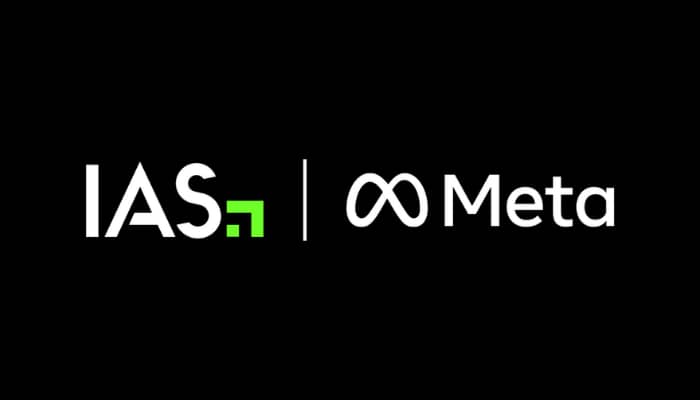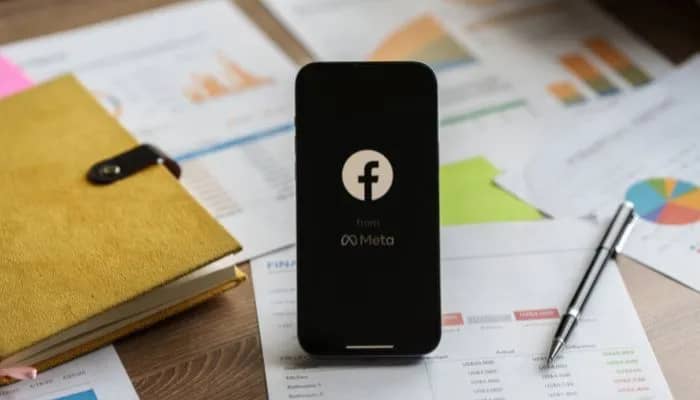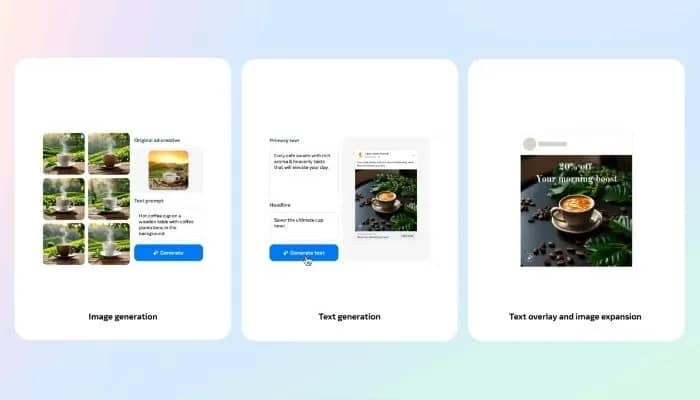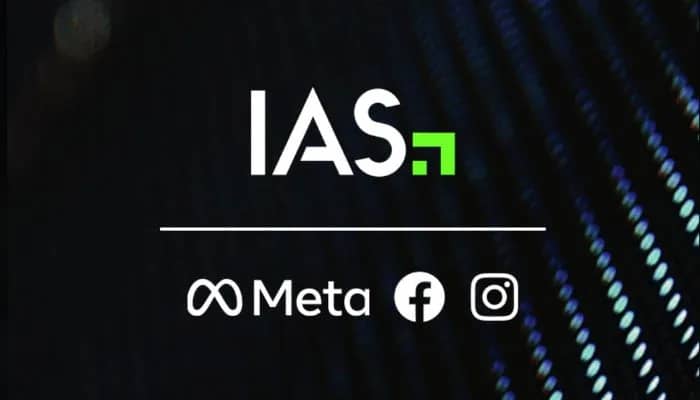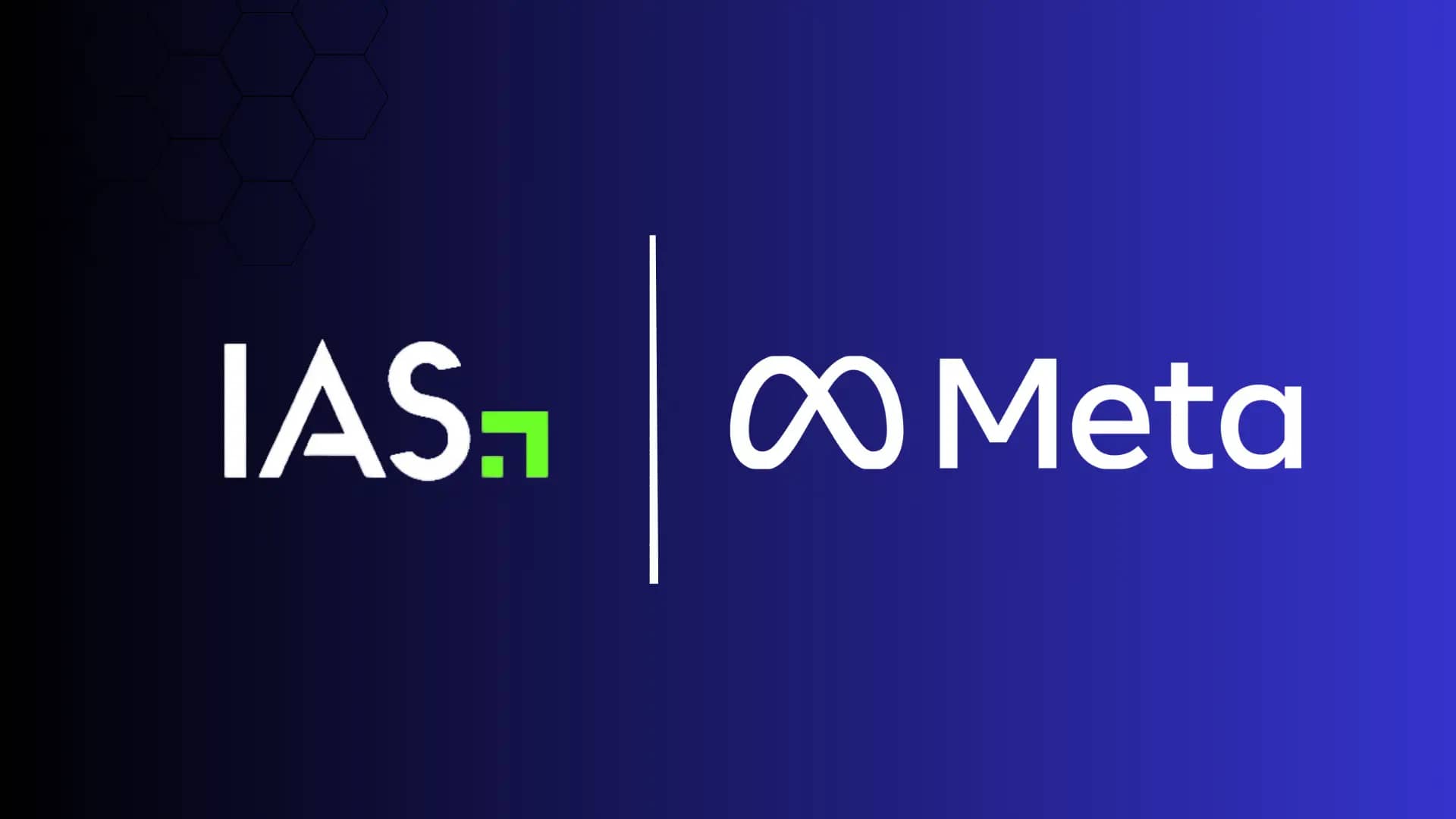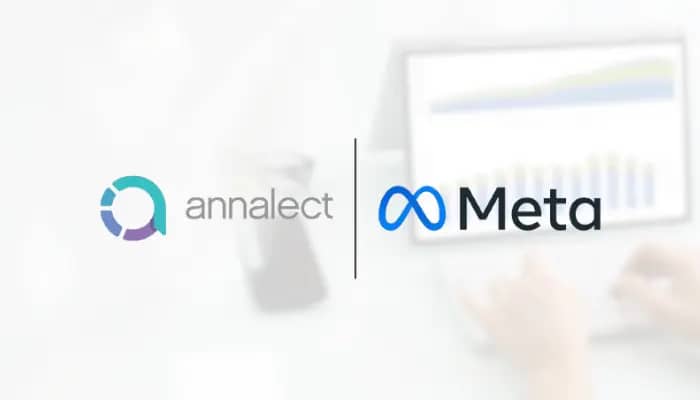California, United States – Technology giant Meta, the parent company of Facebook and Instagram, has rolled out an expanded suite of new and enhanced generative AI advertising tools and features to help businesses grow.
First on the list of its new GenAI features is the ‘image generation’ feature, which allows for the creation of full image variations with text overlay capabilities. With this, advertisers can now create new backgrounds, expand images, and adjust elements for enhanced ad creativity.
Moreover, users will have the option to choose from a selection of popular typefaces when applying text overlays to images. Image expansion, allowing seamless adjustment of creative assets for various aspect ratios, is now available on Reels and Feed across Instagram and Facebook and integrates seamlessly with text overlays of ads.
This image generation and text overlay feature is rolling out now, with Meta teasing an upcoming text prompt customisation in a few months.
Together with the image generation feature, Meta also launched a new ‘text generation’ feature that can create ad headline variations alongside primary text. The feature is being tested to ensure it reflects the brand’s voice and tone, highlighting key selling points based on past campaigns.
These improvements respond to advertiser feedback, aiming for more diverse text suggestions aligned with brand identity. The feature will be built with Meta Llama 3, Meta’s next-gen language model, promising enhanced capabilities and improved ad performance.
Meta is rolling out the updated generative AI features with the aim of making them available globally by the end of the year.
All the updated generative AI features, including the creative enhancements, will be available in Meta’s Ads Manager through Advantage+ creative.
Aside from the launch of new GenAI features, Meta also revealed they are continuing their testing for their ‘Meta Verified’ feature to provide their subscribers with more value.
In their official release, Meta stated, “Today, we’re launching enhanced generative AI features for advertisers, such as full image and text generation, and introducing additional tools and services to help businesses like yours grow. Our goal is to help you at every step of your journey, whether that’s improving ad performance by helping you develop creative variations, automating certain parts of the ad creation process, or increasing your credibility and engagement through Meta Verified.”
Also commenting on the release, Wesley Ng, founder and CEO of Casetify, shared, “Meta’s investments in AI for advertisers have resulted in consistent performance for our business and allowed Casetify to focus on more creative and strategic work like building a creative diversification strategy.”
“We continue to prioritise more of our advertising budget to tools like Advantage+ shopping campaigns, and when we recently tested Meta’s GenAI Background Generation feature, we saw a 13% increase in our return on ad spend. Meta’s investments in generative AI are helping businesses make more ads faster and optimise their performance with the Advantage suite.”


